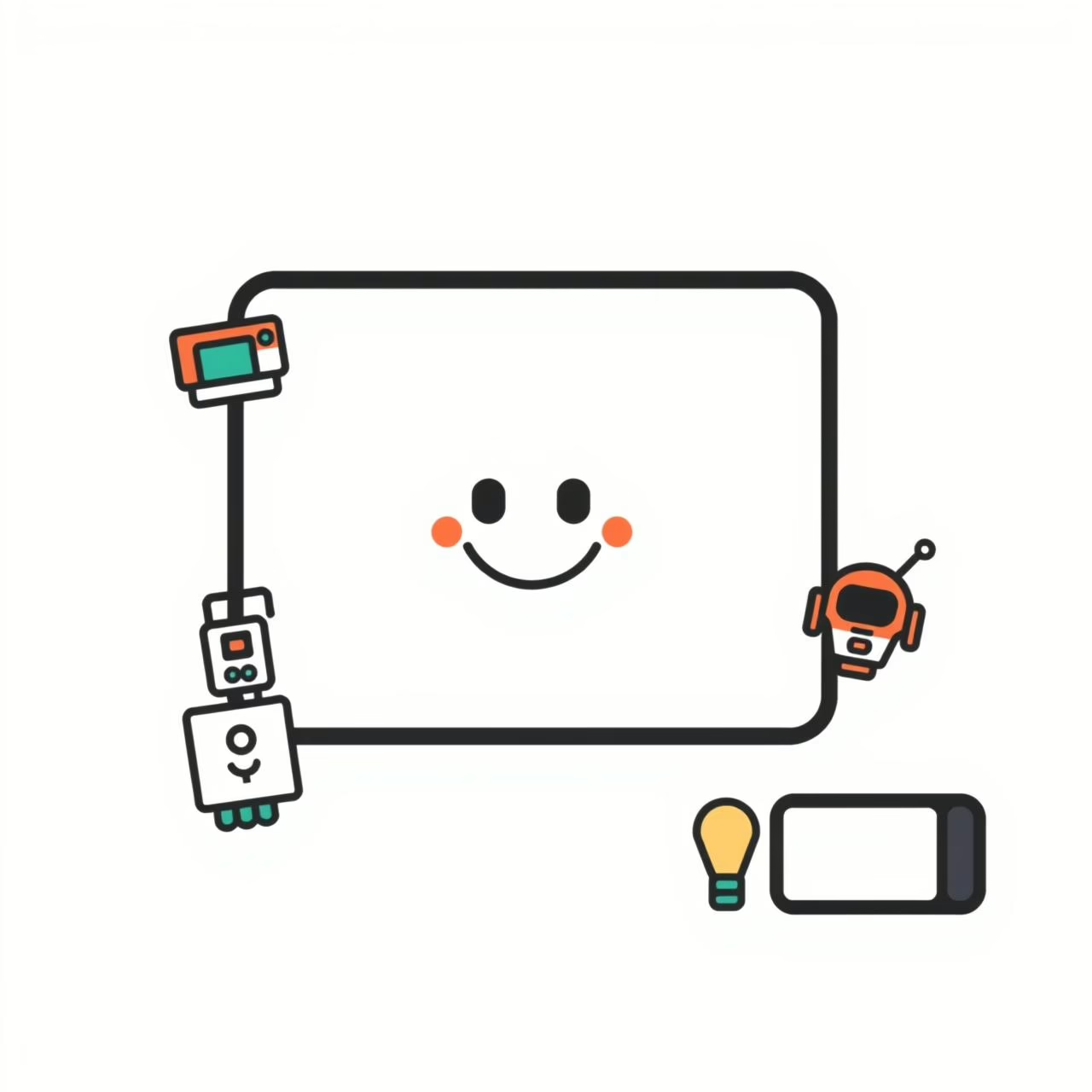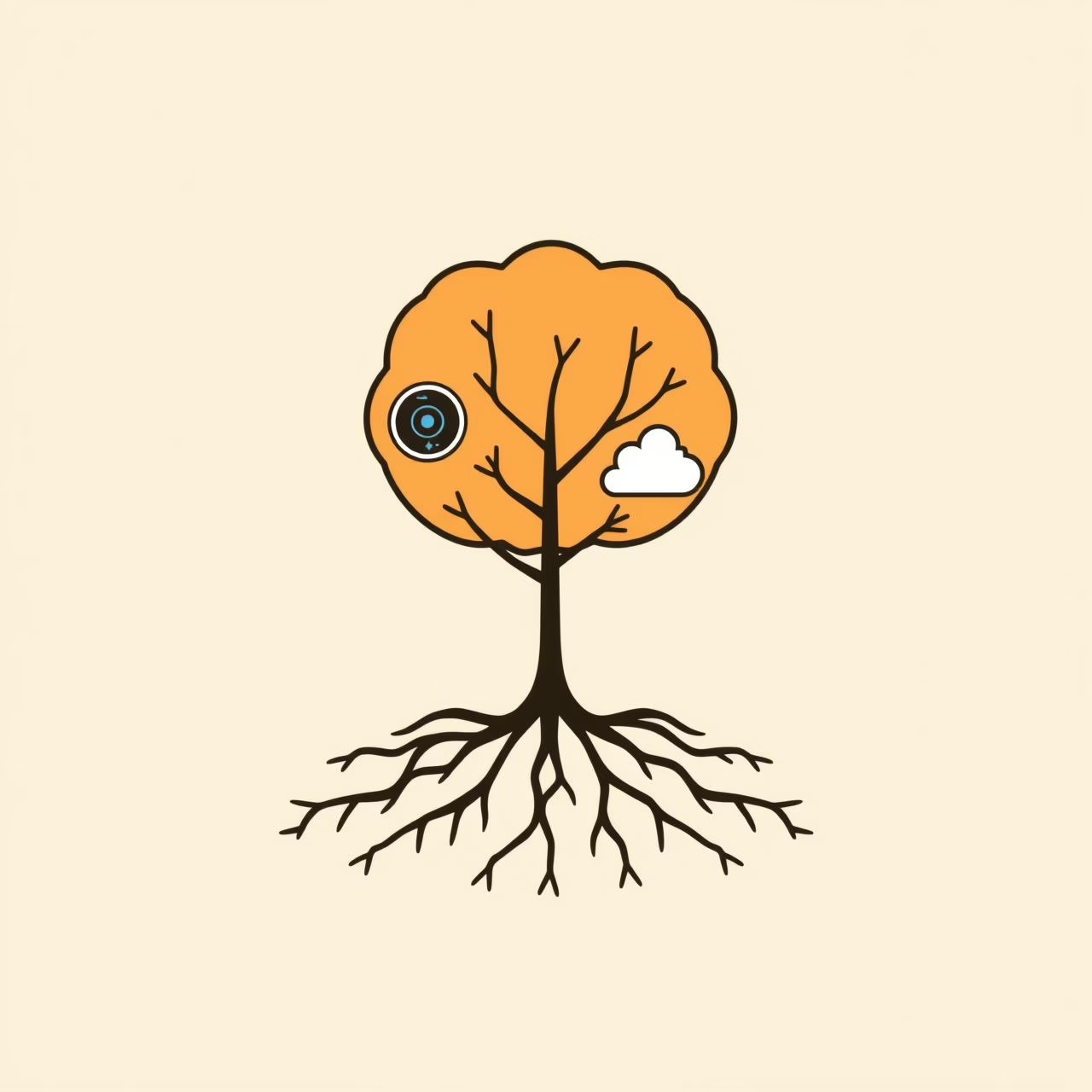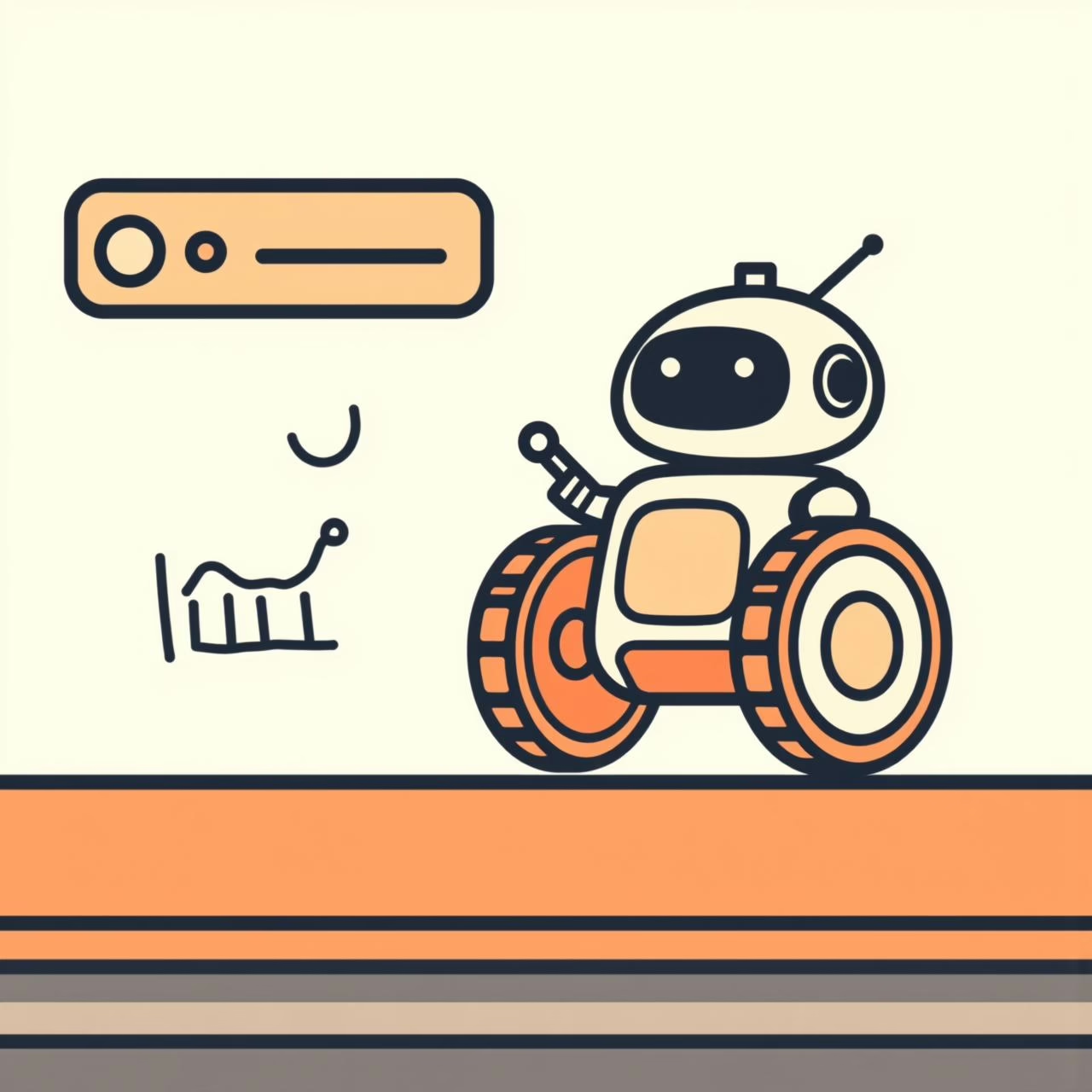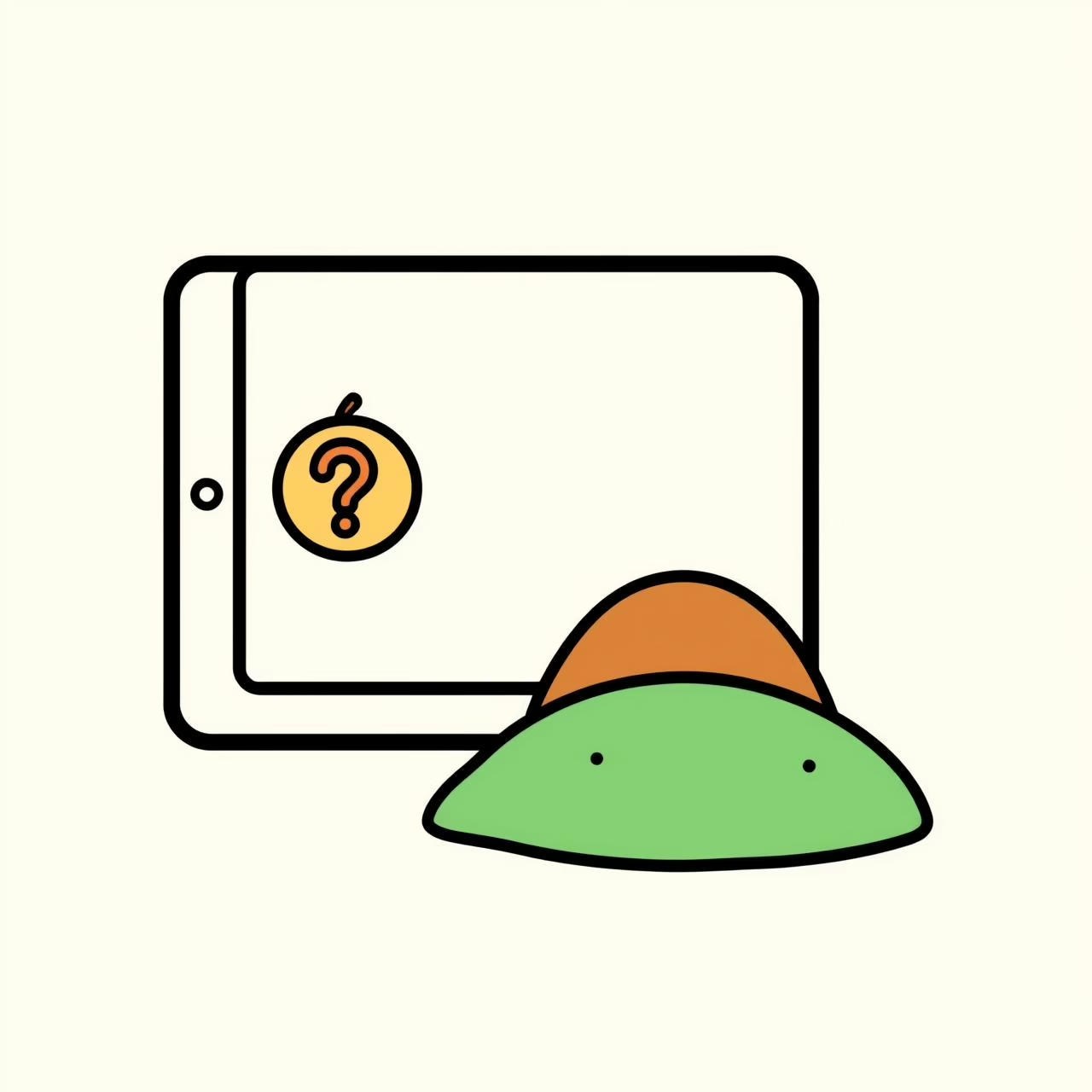
What Does the AI Hardware Revolution Mean for Our Kids?

That double-digit growth rate—22.43% annually, as recent research shows—isn’t just boardroom chatter—think about daily life: the smart thermostat learning our sleepy morning rhythm, or the voice assistant reading bedtime stories between giggles. Could these devices become bridges between data and childhood wonder?
How Can AI Hardware Boost Kids’ Curiosity and Learning?

I watched a seven-year-old cousin try to ‘teach’ a toy robot to avoid her drawings. Spoiler: it kept rolling right over them. We turned it into a game—‘Can we build a barrier the robot won’t cross?’ Cardboard scraps and sticky tape later, we were laughing on the floor.
Building Resilience Through Tech: Why It Matters

Let’s be real—sometimes ‘reboot’ becomes the new ‘kiss it better.’ But here’s what the data rarely shouts: as smart devices multiply, our secret weapon stays beautifully analog. Remember when the video call froze mid-birthday song? Instead of frustration, we turned it into charades—miming ‘happy birthday’ to cousins overseas.
Practical Tips for Balanced Tech Use: Wonder Time

What if we treated tech like a playground? Same rules apply: explore freely, but know when to come down for snack time. Try ‘Wonder Time’—15 minutes where your child uses a device to solve one burning question (‘How do fireflies light up?’). Then, race outside to test theories. Reports mention ‘rapid adoption of automation,’ but our role isn’t to automate parenting.
The Future-Proof Skill No AI Hardware Can Replace
By 2034, this hardware will reshape how kids learn and play—but never how they connect. No annual report measures the scent of crayons or the weight of a head resting on your shoulder after a tough day.
Source: AI in Hardware Market Size Worth USD 210.50 Billion by 2034, GlobeNewswire, 2025/09/03
